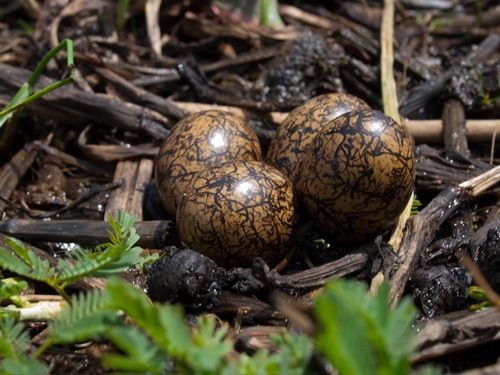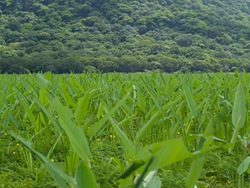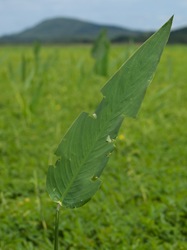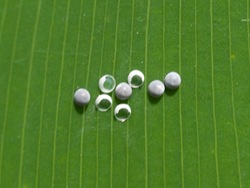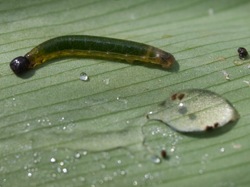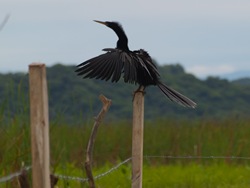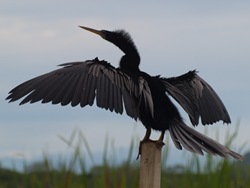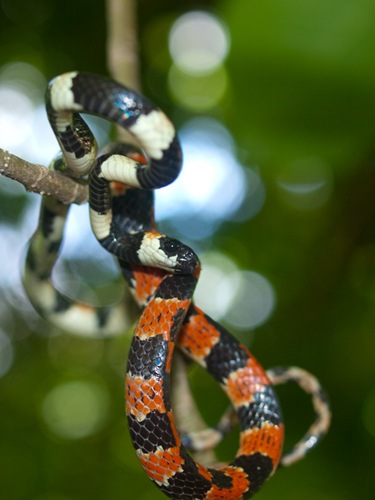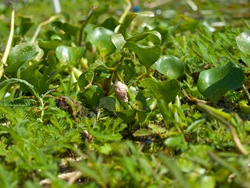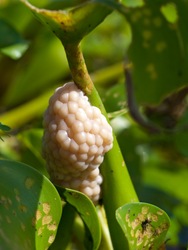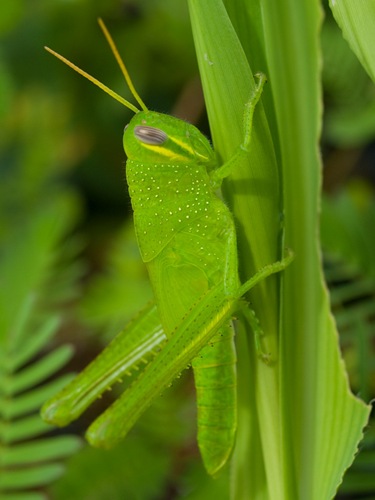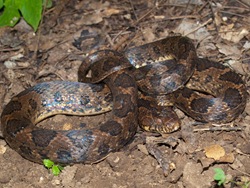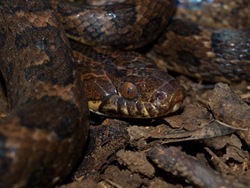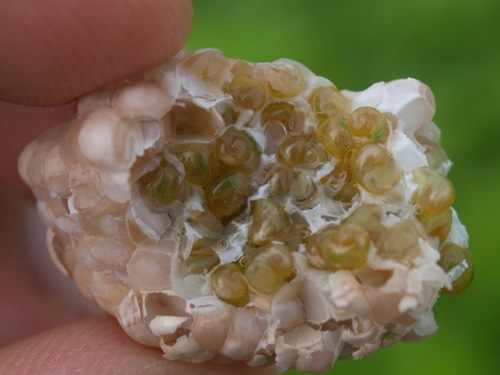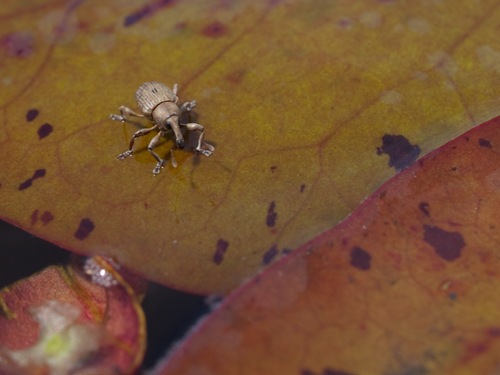The Jacana have also constructed nests in the Palo Verde sector.
Category Archives: Animals
The Thalia moth returns
Anhinga
Each morning, this anhinga is perched, drying his wings on one of the posts at my fence. Today, he was not dry enough to fly off when I reached the fence, so, after falling into the water, he made his way back up to the top of the post to dry completely. I was able to get about 5 m from him before he started to make a lot of noise….
A few minutes later, some of his feathers had dried, reflecting a lighter color, and he took off.
Killer bee
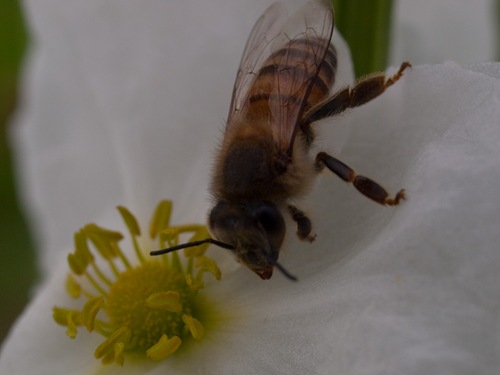 I have no idea if this is really an Africanized Honey Bee, but I have seen a couple of nests. Additionally, while working in the wetland or walking through the forest, large swarms of bees will occasionally fly overhead, presumably headed toward a new patch of flowers. It’s kind of intimidating when you hear the swarm… what if they decide to stop and descend?
I have no idea if this is really an Africanized Honey Bee, but I have seen a couple of nests. Additionally, while working in the wetland or walking through the forest, large swarms of bees will occasionally fly overhead, presumably headed toward a new patch of flowers. It’s kind of intimidating when you hear the swarm… what if they decide to stop and descend?
Sibon anthracops
Apple snail egg invasion
Here’s some photos of the apple snail eggs I mentioned that had been laid in one of my enclosures.
Crazy orthopterans
Brightly colored but highly camouflaged, this orthopteran was chowing down on some Thalia, which seems to be a favorite food source for invertebrates around here. There are other grass hoppers that hang around on Paspalum repens, a floating grass in the wetland, in large numbers. This guy was alone by my account.
BIG Southern Cat-eye Snake
Apple snail eggs
There are tons of apple snail eggs (Pomacea flagulata) attached to the stems of emergent vegetation. I’ve found some clumps of eggs on Thalia geniculata, Cyperus articulatus, Echinodorus paniculatus and in my own plots on Eichhornia crassipes as well as some PVC pipe I’m using. There is a lot of variation in height from the water’s surface and size of egg cluster and I’ve only seen one instance where there are two clusters to a single stem. I wonder how the snail choose a location in terms of plant species and height on the stem.
The eggs are pinkish in color and are vary conspicuous. I’ve encountered one instance where the eggs appeared to have suffered a predation attempt, although I would suspect that egg predation would generally be complete and if not, the left-overs would sink away. Additionally, a cluster that I brought back to the lab appears to have been eaten by a raccoon that raided my snail bucket one night – it also made off with 2 of my adult snails (one of which was splattered on the ground) and punctured a whole in another (which is still alive).
I sacrificed this cluster to get an idea of how the snails develop. Within the cluster, there is an outer layer of empty eggs encased in hard, brittle, shell-like material. Beyond the empty layer, individual snail-lets (?) develop in separated compartments.
Weevils are hilarious
These beetles look ridiculous. They are everywhere in the wetland, however, and I suspect they are feeding on my water hyacinth. I have found a few papers on the use of two weevil species as a biocontrol for Eichhornia, but I haven’t keyed this species out. Although this one was being blown across the water by the wind, I have seen many on my Eichhornia.

